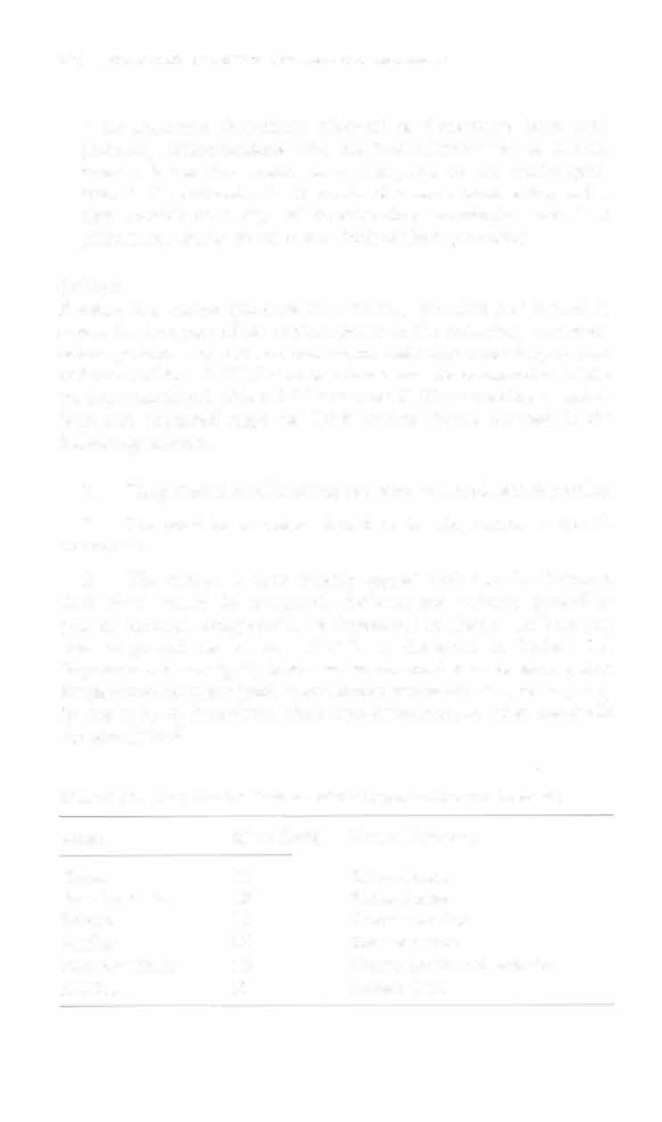i bc27f85be50b71b1 (89 page)
Read i bc27f85be50b71b1 Online
Authors: Unknown
NERVOUS SYSTEM
295
Clinical Tip
•
The manner in which muscle strength is tested depends
on the patient's ability to follow commands, arollsal,
cooperacion, and activity tolerance, as well as on constraints on the patient, such as positioning, sedation, and medical equipment.
•
If it is nOt possible to grade strength in any of the
described ways, then only the presence, frequency, and
location of spontaneous movements are noted instead.
Muscle Tone
Muscle tOne has been described in a multitude of ways; however, neither
a precise definition nor a quantitative measure has been determined.16 It
is beyond the scope of this chapter to discuss the various definitions of
rone, including variants such as clonus and tremor. For simplicity, muscle
tone is discussed in terms of hyper- or hypotonicity. Hypertollicity, an
increase in muscle contractility, includes spasticity (velocity-dependent
increase in resistance to passive stretch) and rigidity (increased agonist
and antagonist muscle tension) secondary ro a neurologic lesion of the
CNS or upper motor neuron system. 17 Hypotollicity, a decrease in muscle contractility, includes flaccidity (diminished resistance to passive stretching and tendon reflexes)17 from a neurologic lesion of the lower
mOtor neuron system (or as in the early Stage of spinal cord injury [SCrl).
Regardless of the specific definition of muscle tone, clinicians agree that
muscle tone may change according to a variety of facrors, including
stress, febrile state, pain, body position, medical status, medication, eNS
arousal, and degree of volitional movement. IS
Muscle tone can be evaluated in the following ways:
• Passively as mild (i.e., mild resistance to movement with quick
stretch), moderate (i.e., moderate resistance to movement, even
without quick stretch), or severe ( i.e., resistance great enough to
prevent movement of a joint) 19
•
Passively or actively as the ability or inability to achieve full
joint range of motion
•
Actively as the ability to complete functional mobility and volitional movement


296
AClITE CARE HANDBOOK FOR PHYSICAL THERAPISTS
•
As abnormal decorticate (flexion) or decerebrate (extension)
posturing. (Decortication is the result of a hemispheric or internal
capsule lesion that results in a disruption of the corticospinal
tract.14 Decerebration is the result of a brain stem lesion and is
thus considered a sign of deteriorating neurologic st3ms.14 A
patient may demonstrate one or both of these postures.)
Reflexes
A reflex is a motor response to a sensory stimulus and is used to
assess the integrity of the motor system in the conscious or unconscious patient. The reflexes most commonly tested are deep tendon reflexes ( DTRs). A DTR should elicit a muscle contraction of the
tendon stimulated. Table 4- 14 describes DTRs according to spinal
level and expected response. DTR testing should proceed in the
following manner:
1.
The patient should be sining or supine and as relaxed as possible.
2. The joint to be tested should be in mid position to stretch
the tendon.
3. The tendon is then directly tapped with a reflex hammer.
Both sides should be compared. Reflexes are typically graded as
present (normal, exaggerated, or depressed) or absent. Reflexes can
also be graded on a scale of 0-4, as described in Table 4-15.
Depressed reflexes signify lower motOr neuron disease or neuropathy.
Exaggerated reflexes signify upper motor neuron disease, or they may
be due to hyperthyroidism, electtOlyte imbalance, or other metabolic
abnormalities.2o
Table 4-14. Deep Tendon Reflexes of the Upper and Lower Extremities
Reflex
Spinal Level
Normal Response
Biceps
CS
Elbow flexion
Brachioradialis
C6
Elbow flexion
Triceps
C7
Elbow extension
Patellar
L4
Knee extension
Posterior tibialis
L5
Planrar flexion and inversion
Achilles
S l
Plantar flexion




NERVOUS SYSTEM
297
Table 4-15. Deep Tendon Reflex Grades and Interpretacion
Grade
Response
Inrerpretation
0
No response
Abnormal
1 +
Diminished or sluggish response
Low normal
2+
Active response
Normal
3+
Brisk response
High normal
4+
Very brisk response, with or with-
Abnormal
our clonus
Source: Data from LS Bickley, RA Hockelman. Bate's Guide to Physical Examination
and History Taking (7th cd). Philadelphia: Lippincott, 1999.
Clinical Tip
The numeric results of DTR resting may appear in a stick
figure drawing in the medical record. The DTR grades are
placed next to each of the main DTR sites. An arrow may
appear next to the stick figure as well. Arrows pointing
upward signify hyper-reflexia; conversely, arrows pointing
downward signify hyporeflexia.
A superficial reflex should elicit a muscle contraction from the
cornea, mucous membrane, or area of the skin that is stimulated.
The most frequently tested superficial reflexes are the corneal
(which involve CNs V and VII), gag and swallowing (which
involve CNs IX and X), and perianal (which involves 53-55).
These reflexes arc evaluated by physicians and are graded as
present or absent. Superficial reflexes may be abnormal cutaneous
responses or recurrent primitive reflexes that are graded as present
or absent. The mOSt commonly tested cutaneous reflex is the Babillski sigll. A positive (abnormal) Babinski sign is great-tOe extension with splaying of the toes in response to stroking the lateral planrar surface of rhe foot wirh the opposite end of a reflex hammer. It indicates corticospinal rract damage.

298
AClITE CARE HANDBOOK FOR PHYSICAL THERAPISTS
Sensation
Sensation testing evaluates the abiliry ro sense lighr and deep rouch,
proprioception, temperature, vibration sense, and superficial and deep
pain. For each modality, the neck, trunk, and extremities are tested bilaterally, proceeding in a dermaromal pattern. For more reliable sensation resring results, rhe parient should look away from rhe area being tesred.